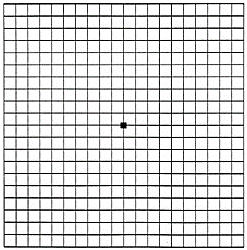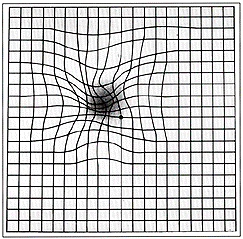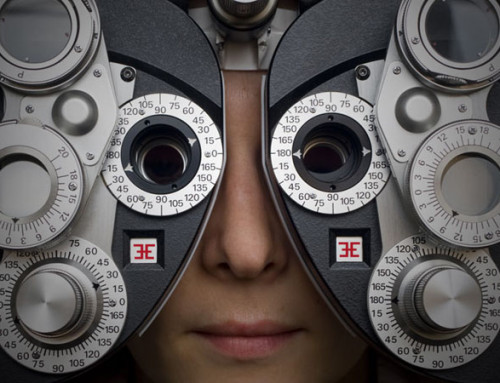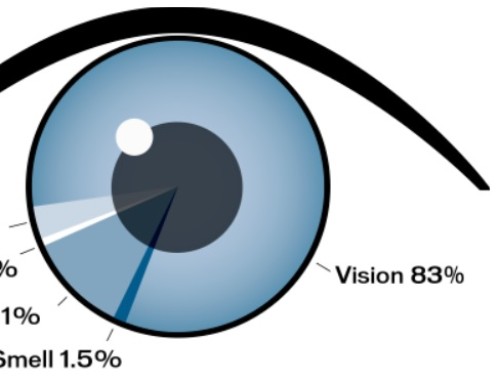Age related macular degeneration (ARMD) is an eye condition most commonly seen in people 50 years old and older. In some cases ARMD advances very slowly, where vision loss occurs over a long period of time. In other cases, it can progress faster resulting in central vision loss for one or both eyes. It is a leading cause of vision loss in older adults. There are two categories of ARMD; dry ARMD and wet ARMD. The symptoms of ARMD are loss of central vision making day to day activities more difficult such as reading, sewing, driving and watching TV. There are several risk factors of ARMD, family history and ethnicity. Caucasians are at a great risk than African descent. Smoking also increases the risk of developing ARMD by 4 times.
The Macula is made up of small receptors whose role allows us to see sharp, detailed central vision. It is located in the back of the eye within the retina. The retina turns light into electrical signals, which are sent to the brain through the optic nerve. The brain translates the electrical signals into images. If the macula is damaged, fine points in these images become blurry and unclear.
Below are images used as examples of one would see with normal vision vs. ARMD.
Often time’s people with ARMD will be given an Amsler Grid to “self-monitor” for any vision changes each week. Below are examples of the Amsler Grid test for normal vision and for ARMD.
Amsler Grid of normal vision Amsler Grid with someone with ARMD
Early detection of ARMD increases chances of maintaining vision. Different therapies are available to prevent further vision loss but are not a cure. The condition may progress even with treatment.
As primary eye can providers, we can detect early stages of ARMD and help manage it. Vision is limited, but ARMD does not cause complete blindness. You will be able to see using your side (peripheral) vision.










